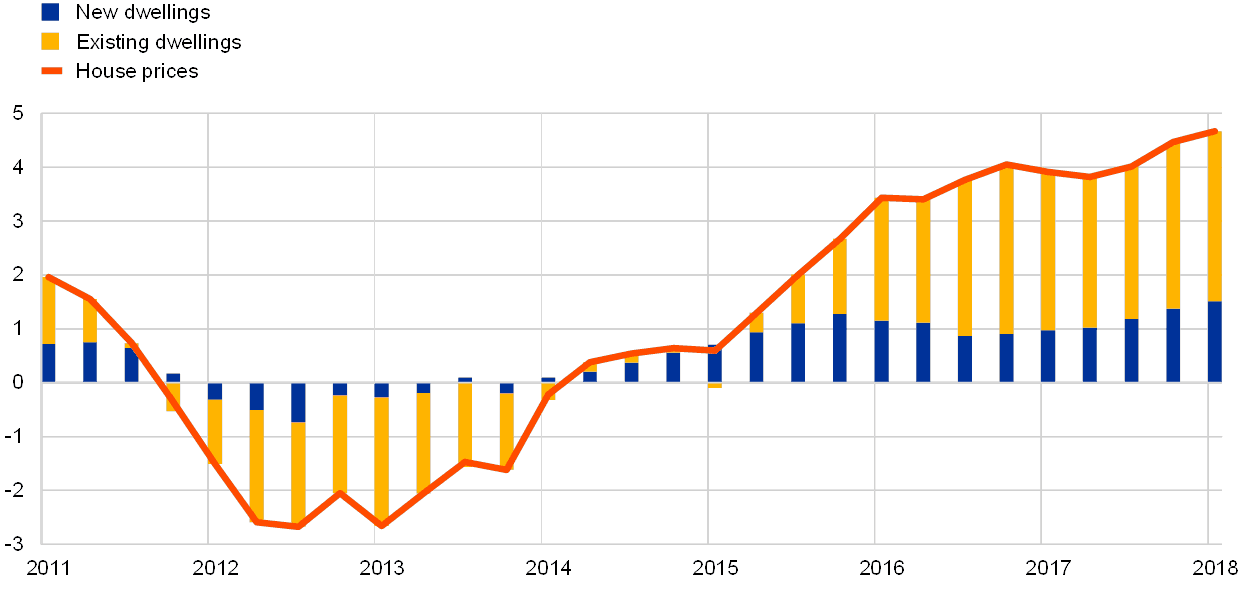AI-Generated Summary
Learn moreContext and Publisher Overview
The "Catella European Residential Market Map Q1 2022" report was published by Catella, an established investment group known for its expertise in real estate research and analysis. The report provides insights into the European housing market's dynamics at the end of the first quarter of 2022, highlighting trends, challenges, and opportunities within the sector.
Current Market Dynamics
The report indicates that the European housing market remains a highly dynamic real estate class, despite facing several economic challenges, including inflation, geopolitical tensions due to war, and a general decline in economic growth across many countries. These factors, coupled with anticipated interest rate hikes, create a mixed economic environment that could potentially shift market trends. However, the report notes that urbanization continues unabated following the pandemic, and there is a notable increase in capital investors seeking opportunities in the housing sector.
Rental Prices and Trends
As of the first quarter of 2022, the average monthly apartment rent across 63 analyzed cities in Europe stands at €16.05 per square meter, reflecting a 3.82% increase from the previous year. In comparison, inflation during the same period averaged 6.01% across 20 surveyed countries. The report identifies the lowest rental prices in Liège, Belgium (€9.50/sqm), followed closely by Brno, Czech Republic (€9.80/sqm), and Malaga, Spain (€9.90/sqm). Conversely, Geneva, Switzerland, tops the list for the most expensive rental market, with prices reaching €30.80/sqm, followed by London (€30.70/sqm) and Paris (€28.80/sqm).
Purchase Prices and Investment Yields
In terms of property purchase prices, the average cost for apartments in Europe has risen to €5,141 per square meter, marking a 2.47% increase year-on-year. Prices vary significantly, ranging from €1,800/sqm in Riga to a staggering €15,260/sqm in Geneva. The report also notes that the average prime yields for apartment buildings across the 63 markets analyzed is 3.41%. Many locations are experiencing a decline in yield levels, with expectations of a sideways movement in the UK, Poland, and Switzerland.
Yield Insights
The lowest yield in the European housing market is found in Stockholm, with existing apartments yielding just 1.20%. Zurich follows closely with a yield of 1.30%. In contrast, the most attractive prime yields are observed in Baltic cities such as Riga and Vilnius, with yields of 5.25%, while Kraków and Wroclaw in Poland each offer yields of 5.00%. These insights could be particularly relevant for investors seeking sustainable housing solutions in emerging markets.
Conclusion
The Catella report serves as a vital resource for understanding the current state of the European residential market amidst ongoing economic challenges. It highlights key trends in rental and purchase prices, as well as investment yields, providing a comprehensive overview for stakeholders interested in sustainable housing initiatives across Europe.
